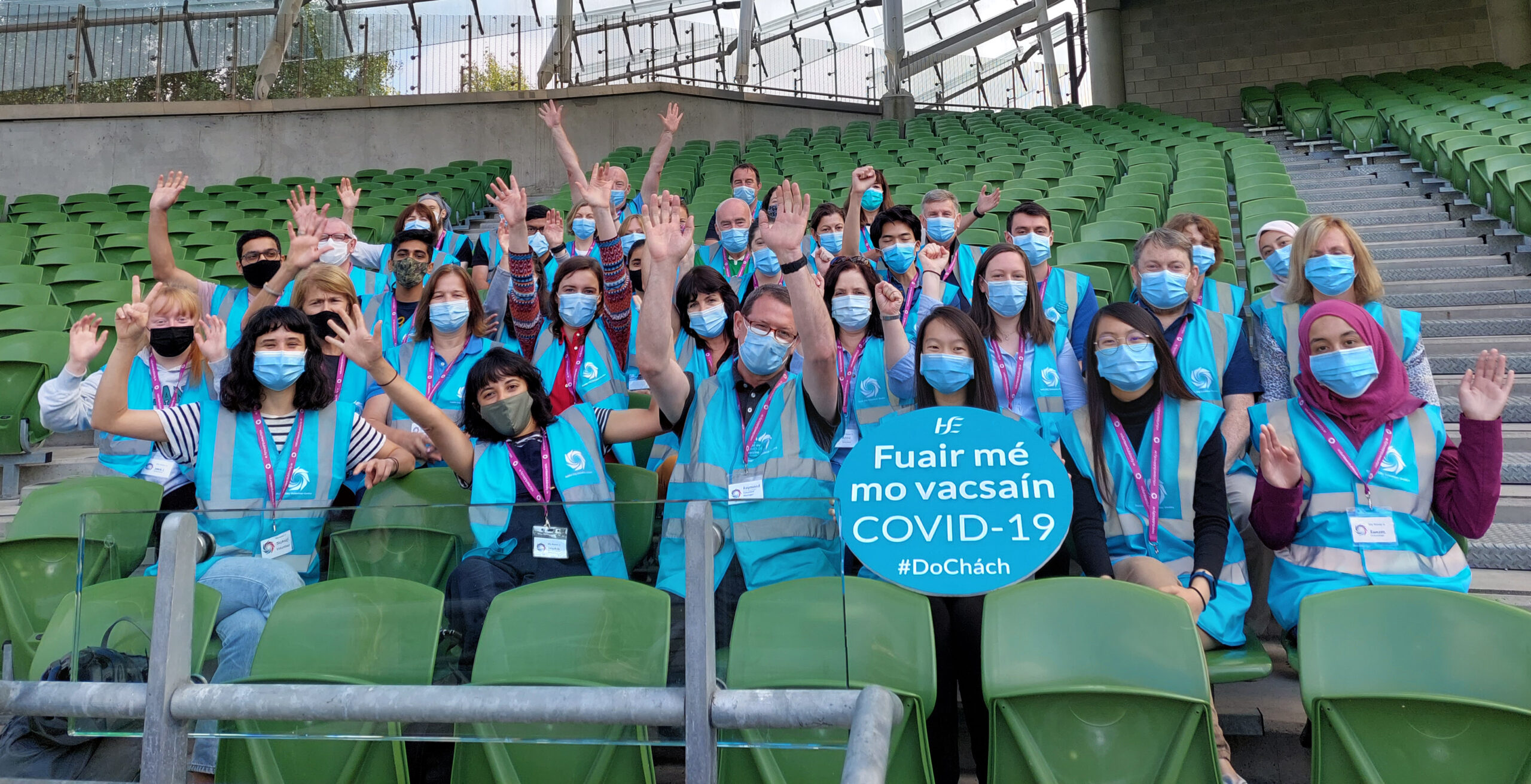
By Stuart Garland, Learning and Capacity Building Manager at Volunteer Ireland.
2020 and 2021 were “unique” years to say the least, and the mention of COVID-19 will result in an instant eye roll from some. It is important to look at what happened to volunteering during that period and the impact it has had on volunteer engagement today.
The COVID-19 pandemic levelled the playing pitch for volunteering globally. Whether you had a little or a lot of volunteering infrastructure in your country, many volunteer-involving organisations (VIOs) faced the challenge of whether volunteers would return, and if they did, would they want something different? In some cases, volunteers have been asking for choice and flexibility for years but some VIOs are not willing to listen or change.
Volunteer engagement professionals have for many years discussed the need for VIOs to have a more flexible offer for volunteers. We’ve heard the stories of the CEO who wants you to get 50 volunteers for an event in a few days as if we had them in a storage press in our office. A fellow staff member complains about the lack of young people volunteering, while saying the older volunteers are a much nicer, reliable bunch.
Let’s go back to look forward. The changes that are happening in volunteer engagement did not happen over the last two years; they’ve been happening all the time. However, some VIOs have insisted that volunteers must adapt to their ways, instead of putting volunteers at the centre of what they do.
Harriet (Hat) Naylor is one of those volunteer management visionaries and was an advocate for the value of volunteers as early as 1969. She encouraged volunteering to be:
“Free to choose what (s)he will do, the volunteer is also free to concentrate on one person (staff member or client) and seek understanding of his (her) situation in depth.”
When we use terms like micro-volunteering, virtual volunteering, slacktivism, and episodic volunteering, some think that these are new terms. Virtual volunteering dates back as far as 1971 with the first roles advertised online as early as 1995 as recognised by Jayne Cravens in her work.
What the pandemic has done globally is given volunteers a two-year breathing space to reflect on their experience of volunteering. And it’s clear they want more choice and flexibility in volunteering. This isn’t just here in Ireland – we have seen the same learnings being made by VIOs globally. Volunteers don’t want to just volunteer from 5 to 7 every Tuesday because it suits the VIO.
They want to make a difference. In the same way that some employees want a remote working or hybrid approach, volunteers are now asking “why can’t we have that?”
Do you trust your volunteers to engage remotely or in a hybrid manner, or do you find you need to manage them on-site? If your VIO can’t offer choice, volunteers will simply vote with their feet and go to a more flexible offer.
So what does the volunteer of today want? Research conducted for Volunteer Ireland by Dublin City University (2021) made several clear recommendations based on feedback from volunteers:
Stuart Garland is Learning and Capacity Building Manager at Volunteer Ireland.